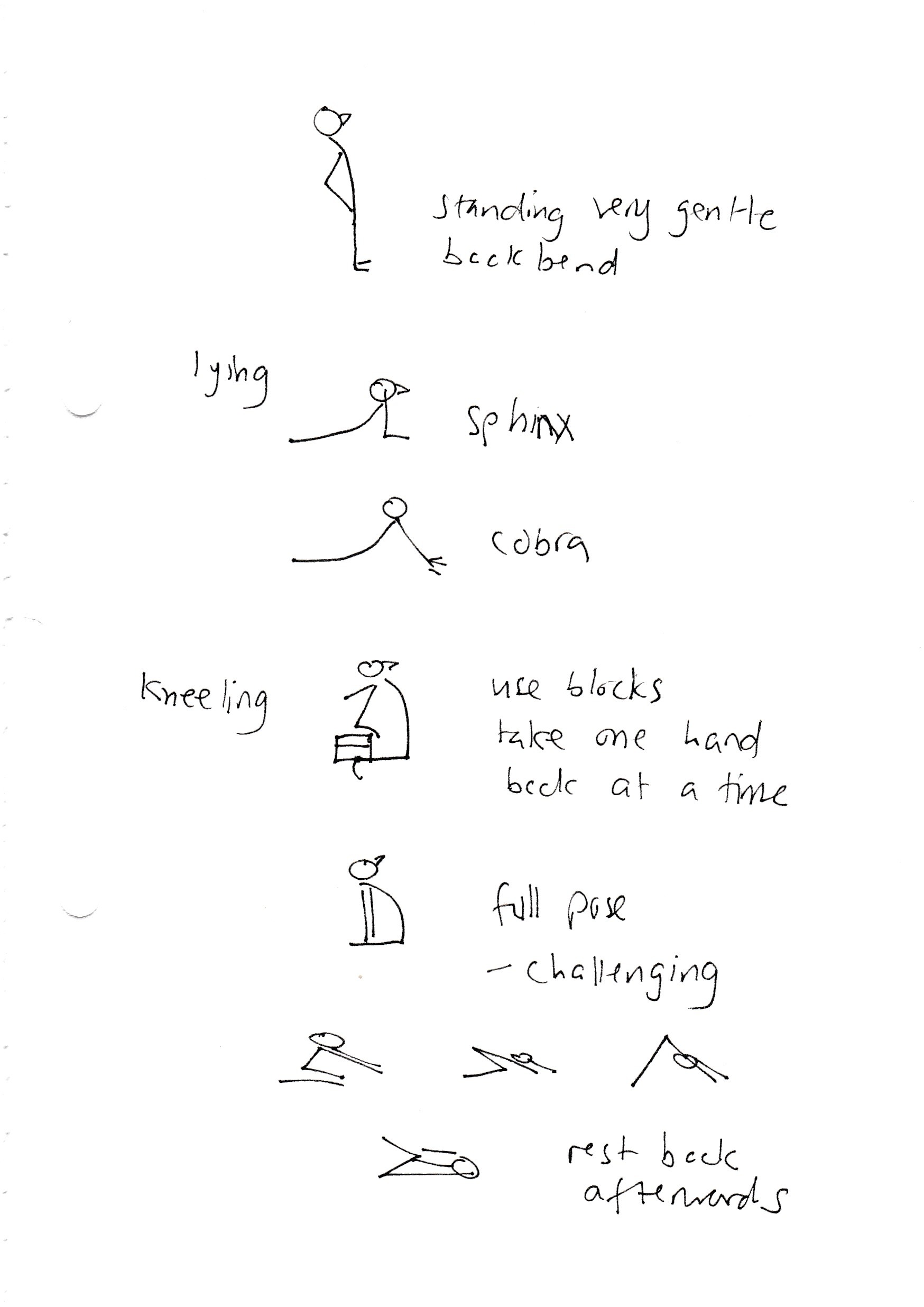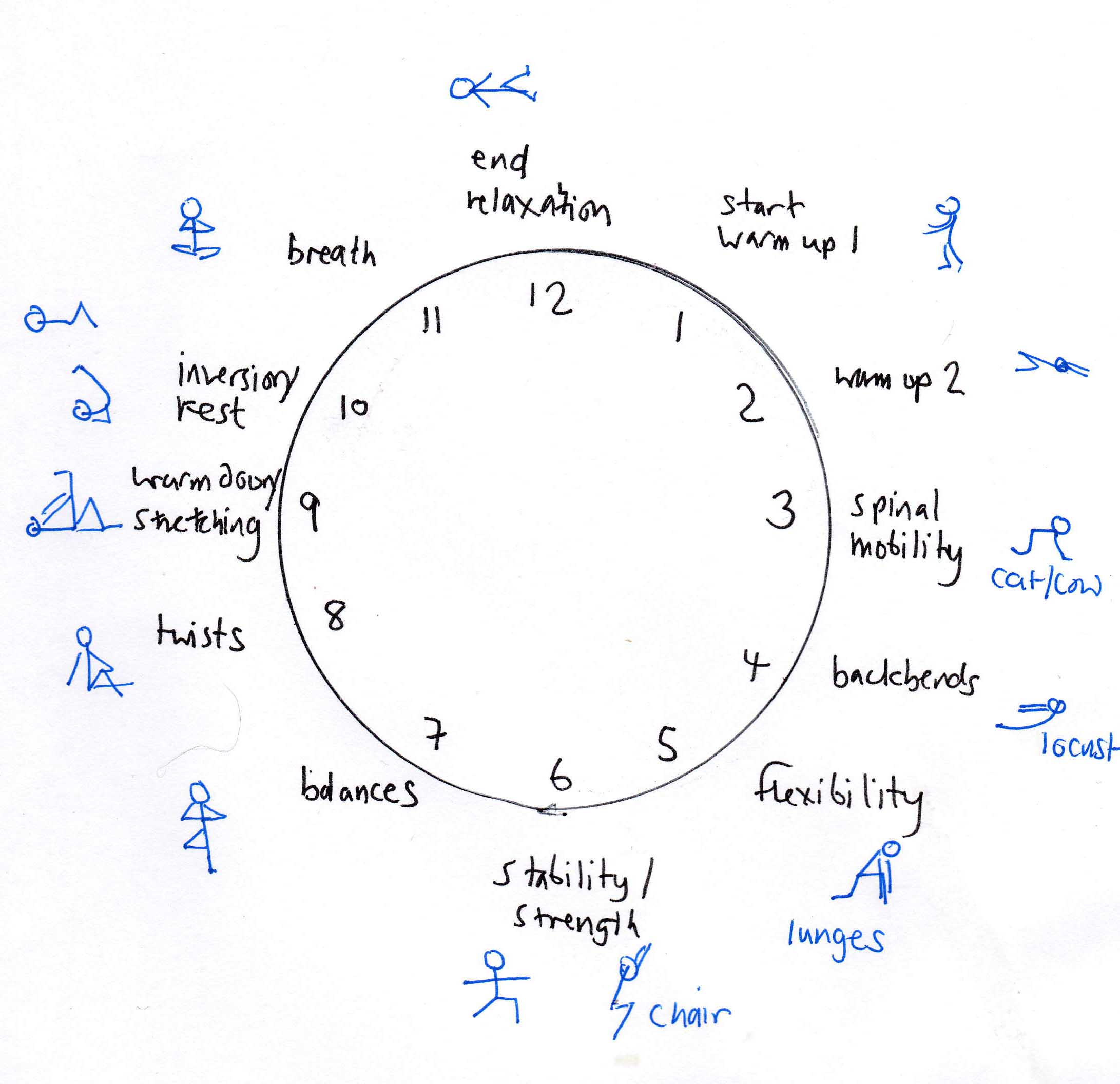Published: Nov 3, 2017 by Lucy Tennyson
Camel pose helps increases flexibility in the spine, stimulates the nervous system, opens the chest and shoulders, improves circulation and digestion, and stimulates the thyroid gland. Like all back bends, it can be stimulating and boost blood flow to the face, for example – perhaps giving us all better complexions!
Some even go as far to say it will decrease fat on the thighs. That may be wishful thinking.
The spine is flexible enough to bend in both directions, so while you’ve probably only worked it in one direction all day (forward) over a desk or car steering wheel, backbends like camel can help to return or restore the natural flexibility of your spine.
One of a series of postures named after animals, ustra is Sanskrit for ‘camel’ and asana means ‘seat’ or ‘pose.’ So Ustrasana is Camel Pose. It is thought the name may derive from the way a camel bends its front knees and folds its legs beneath its body to sit.
As this is one of the more demanding backbends, it is usually is done near the end of a sequence, when the body is warmed up, and the muscles ready to work a little harder.
Begin slowly, especially if you are new to the posture. You can work very effectively with just the hands pressed into the lower back, fingers pointed downwards.
Then progress onto using blocks to reach back to avoid over compressing the lower back. Position the blocks just outside each heel, and stand them at their highest height (usually about 9 inches). If you’re still having difficulty, get a chair. Kneel for the pose with your back to the chair, with your calves and feet below the seat and the front edge of the seat touching your buttocks. Then lean back and bring your hands to the sides of the seat or high up on the front chair legs.
It is best to avoid camel if you have:
- High or low blood pressure
- Migraine
- Insomnia
- Serious low back or neck injury
Ustrasana can be a very difficult pose for the neck, especially if your shoulders are tight, so be careful not to throw the head back. Also try and keep the thighs vertical to protect the lower back. Keep working strongly and just stay in the posture for a few breaths; come up to straighten out and try again. Rest afterwards with a straight back.
Another option is to use a wall as a prop. Kneel with your back to a wall, with your toes turned under and your soles as close to the wall as possible. Keep your hands on your pelvis or swing them back to press your palms against the wall, pushing back to keep the hips moving forward and the thighs vertical.
Always be gentle with yourself — physically, mentally and emotionally.

